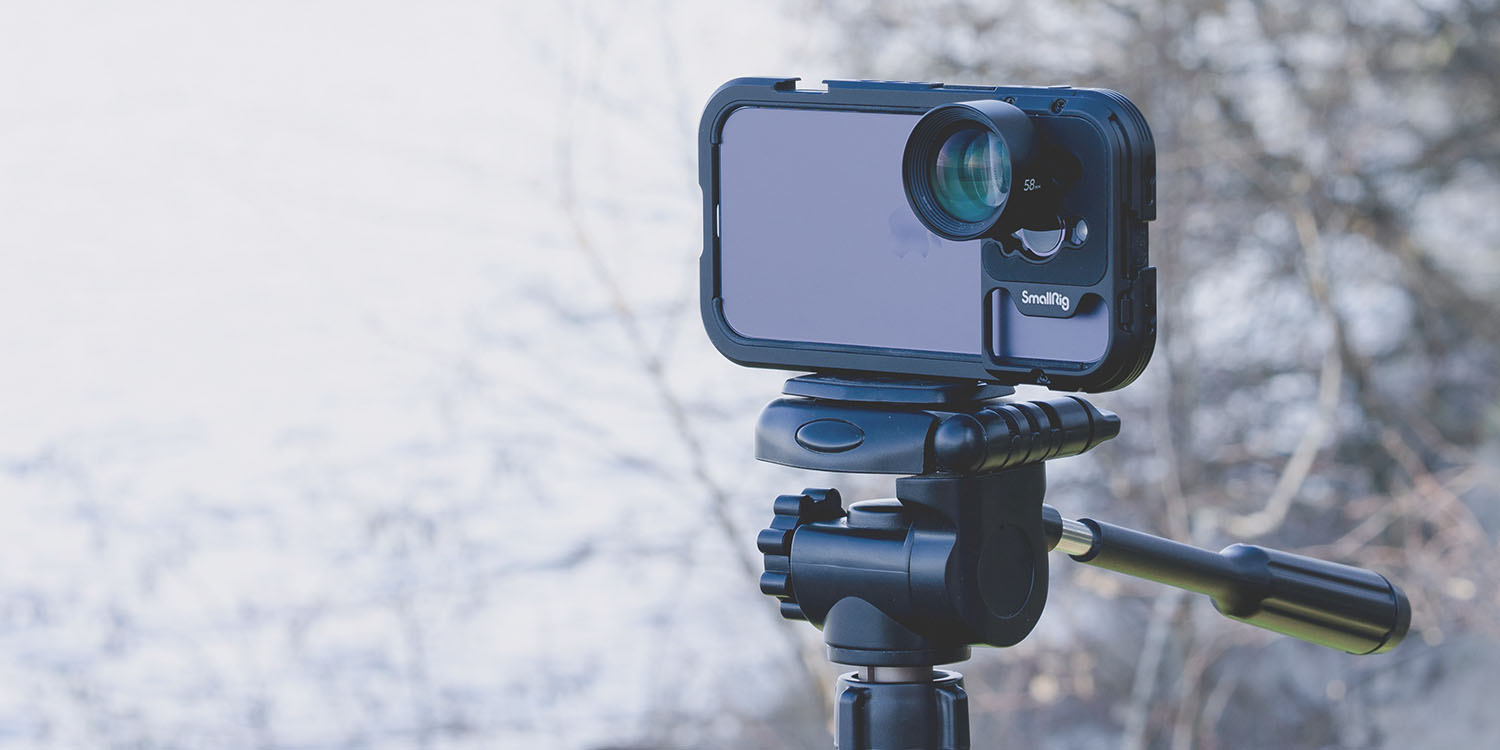
Sure, I’m a gadget guy who likes shiny new toys as much as the next geek, but I try to refrain from upgrades for their own sake, with mixed success.
My biggest challenge is with the iPhone. I’ve historically described it as my least important Apple gadget, and therefore one I should update less frequently. For years now, however, I’ve been a victim of annual camera updates
My annual iPhone update cycle
Ah, those innocent days of 2016! I said back then that my iPhone was my least important Apple gadget.
My MacBook Pro is definitely my primary Apple device. I use it all day in my office and take it to the living room in the evenings where it becomes our main Netflix device and music system.
My LTE iPad is clearly the number two device in my personal ecosystem. It goes just about everywhere with me and is my go-to mobile device for everything from writing to accessing the web to apps []
My Apple Watch does some of the things my iPhone did. Check notifications, calendar appointments, weather, quick replies to messages, and so on. So my iPhone now bridges the gap between the Watch and iPad []
So the iPhone plays a role in my personal Apple ecosystem, but a relatively small one and that puts me in a pretty lavish position when it comes to deciding which phone best fits my needs.
It all ended with my purchase of the iPhone X in 2017. The camera was a key part of the upgrade for me and has been like that every year since.
Yes, I’ve bought iPhone 11 Pro, iPhone 12 Pro Max, iPhone 13 Pro Max, and iPhone 14 Pro Max. Each time, it was the camera’s capabilities that convinced me to upgrade and, indeed, move to the larger size.
I said a couple of years ago that I’m now resigned to buying a new iPhone every year for this reason.
iPhone cameras have improved so drastically over the last few years that the iPhone is now undeniably my primary camera and that makes it away most important device.
In 2019, it was good enough to use as a travel camera, albeit with reservations. I still have reservations today, but in truth, I now feel the balance between affordability and quality has shifted quite a bit in favor of using an iPhone as your primary camera, even while traveling. And that goes for both video and still images.
Which somehow feels like a step backwards
I’m old enough to remember the days when a camera was something you bought and then kept for a decade or more. In my case, I’ve owned a Nikon FM for more than 25 years (and still miss it, to be honest). Even the Nikon D3 that replaced it lasted 10 years before I sold it, and that was only because mirrorless cameras by then offered remarkably similar quality in a much more compact form factor.
From that point of view, moving to a device that I replace every year to get new camera features is an incredibly retrograde step.
The cynical view
There are cynics who accuse Apple of deliberately withholding features, including camera functions, from year to year to encourage an annual replacement cycle.
It’s true that Apple has increasingly focused on monthly recurring income, the holy grail of companies that have historically seen their customers make irregular and unpredictable purchases. Services were obviously key to this, but the iPhone upgrade program was Apple’s attempt to effectively turn hardware into a subscription service as well.
While I haven’t joined the iUP, I pretty much run a DIY version, buying a new iPhone outright and selling my old one for about half what I paid for it.
But that’s not Apple’s fault
The cynical argument never made much sense to me: Within the next year, Apple will have new features to help sell its latest models, so it doesn’t need to hold back anything.
It’s true that the company is very conservative when it comes to offering new camera features like denser sensors and periscope lenses, but I generally believe that Apple wants to make sure they can do these things right, rather than rushing them to market.
In truth, the days of having cameras for many, many years have changed not for cynical business reasons, because today’s cameras are hi-tech devices. Mechanical SLRs were beautiful machines, but they were effectively rendered irrelevant by the fact that modern technology allowed for very similar qualities and capabilities in a much smaller device.
Smartphones are now starting to flood the mirrorless camera market in much the same way. Again, it will be a Very gradual process, and will follow the same path as the occasional amateurs first, then the enthusiasts and professionals decades after that. Even as I write this, I can hear the furious sounds of commenters ridiculing the idea of smartphone cameras replacing mirrorless ones, but the idea of mirrorless replacing DSLRs was once more and more ridiculous.
Meanwhile, I still have my mirrorless camera, but it’s my iPhone that I use most often.
So yeah, I’d rather not feel trapped in an annual iPhone update cycle, but the fact that I am is simply due to the pace of development in digital photography, not some Apple storyline.
See you at the Apple store in September.
Photo: Eugene Chystiakov/Unsplash
FTC: We use automatic income earning affiliate links. Moreover.

#blame #Apple #annual #iPhone #update #cycle
Image Source : 9to5mac.com
